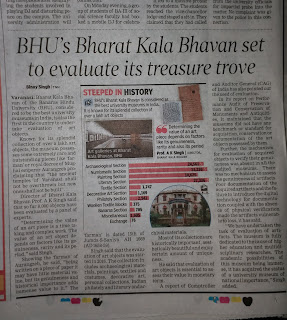Some Bronze Masterpieces of Indo Tibetan Art Inscribed in the Name of Ordained Prince N a gar a j: A Stylistic Appraisal Present paper focuses on some Buddhist bronzes bearing single line inscription on pedestal “Lha Na ga ra dza ” in old Tibetan script. The images under discussion were discovered by the author from the frontier district Kinnaur of Himachal Pradesh, India which has been referred as different territory of mNgaris skhor gsum under the name Khun nu in old Tibetan texts. Under a documentation project, conducted from 1992 to 1996, the author registered more than 800 bronze icons, mostly unpublished, This huge corpus of the cult images includes different stylistic provenance and their development, however all grouped under a common term Indo-Tibetan art style, many of them bear the names of the donors and patrons, even some records name of the artists (Singh 1994:110). In the history of Western Tibet (mNgaris), Nagaraj (988-1026 AD...


